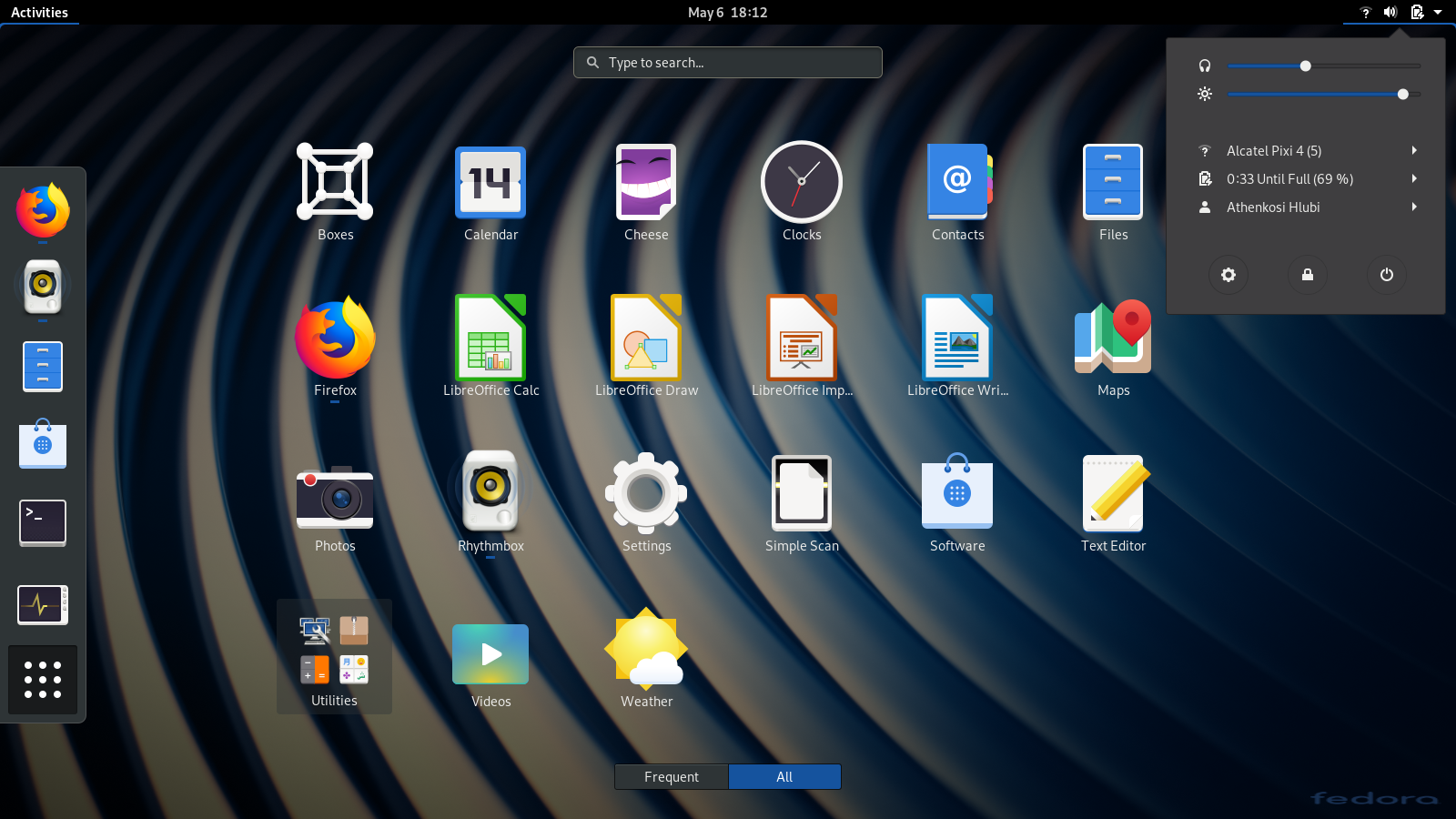

- GNOME VNC CONNECT HOW TO
- GNOME VNC CONNECT INSTALL
- GNOME VNC CONNECT UPDATE
- GNOME VNC CONNECT SOFTWARE
- GNOME VNC CONNECT PASSWORD
GNOME VNC CONNECT INSTALL
So you will need to add a desktop environment in your server.įirst, install the Tasksel utility to install a desktop environment: sudo apt install tasksel -yĪfter installing Tasksel, launch the Tasksel utility with the following command: sudo tasksel TigerVNC server is designed to controls only desktop systems. The default, Debian servers does have a Desktop Environment. Once your system is updated, follow the next instructions.
GNOME VNC CONNECT UPDATE
Prerequisitesįirst, update and upgrade all installed packages on your system with the following command: sudo apt update sudo apt upgrade
GNOME VNC CONNECT HOW TO
This tutorial help you to how to install and configure VNC server on Debian 10 Buster Linux system using the TigerVNC server. It is a client/server application that allows you to interact with graphical applications on remote machines. The TigerVNC is a free, open-source and high-performance VNC server used to control or access Linux based desktop remotely.

GNOME VNC CONNECT SOFTWARE
There are multiple software services provides VNC service to access Linux based desktop remotely including, TigerVNC, TightVNC, Vino, vnc4server and more. We can say VNC is a graphical desktop-sharing system that uses the Remote Frame Buffer protocol (RFB). So, I am using 10.75.77.82:5901.VNC (Virtual Network Computing) allowed to remotely control desktop systems. Open Realvnc and enter :5901 in vnc server address. RealVNC is available for almost all operating system platform like Windows, macOS, Linux (Debian and RPM based), Solaris, etc. I am using windows and I am going to use Realvnc as a client. Let's test our setup by connecting to vnc server, For that we need local vnc client, it depends upon the local operating system.
GNOME VNC CONNECT PASSWORD
If you enter the password longer than the password policy which is 6-8 character long, it will automatically trim off the password, please keep this in mind.īy default, VNC is configured to listen on TCP port 5901 for first display and 5902 for second display and so on. It will also ask to set view-only password which will allow the user to see the screen but not interact with it. Log file is /home/vnc/.vnc/578e1bb09561:1.logĪs we have are starting server first time after installation it will ask us to set a password that client use to connect. Starting applications specified in /home/vnc/.vnc/xstartup Xauth: file /home/vnc/.Xauthority does not existĬreating default startup script /home/vnc/.vnc/xstartup Would you like to enter a view-only password (y/n)? y You will require a password to access your desktops. You can start the server by this command. Switch to a vnc user for further operations. Now, Add vnc user to sudo group, it will give permission to vnc user to act like a root user and execute root command. We will need to add vnc user to sudo group. Enter password and you can skip the other details by pressing ENTER key. It will ask for the new password and user details.

You can keep username as per your choice. You can also you existing user.Ĭreate a user named vnc by using this command.

To keep things secure and robust, we will create separate user vnc connection. Installation may take a while depeding on the dependencies installed on the machine. $ apt-get install xfce4 xfce4-goodies gnome-icon-theme tightvncserver The second command will do the actual installation of tightvncserver and XFCE4 with useful addons. Update the packages list available in the repositories by executing first command 'apt-get update'. However, you can also use other popular desktop environments like KDE, GNOME, and Unity. It uses a surprisingly low amount of memory (especially when you look it from a Windows perspective), while at the same time looking decent and working just as well as any other Linux flavor. Out of most popular available desktop environments, XFCE is the quite lightweight. VNC is useful on home computer networks, allowing someone to access their desktops from another part of the house or while traveling. Keystrokes and mouse clicks are transmitted from one computer to another, allowing technical support staff to manage a desktop, server, or another networked device without being in the same physical location. It uses the Remote Frame Buffer protocol (RFB) to remotely control another computer. VNC enables the visual desktop display of one computer to be remotely viewed and controlled over a network connection. VNC (Virtual Network Computing) is a technology for remote desktop sharing.


 0 kommentar(er)
0 kommentar(er)
